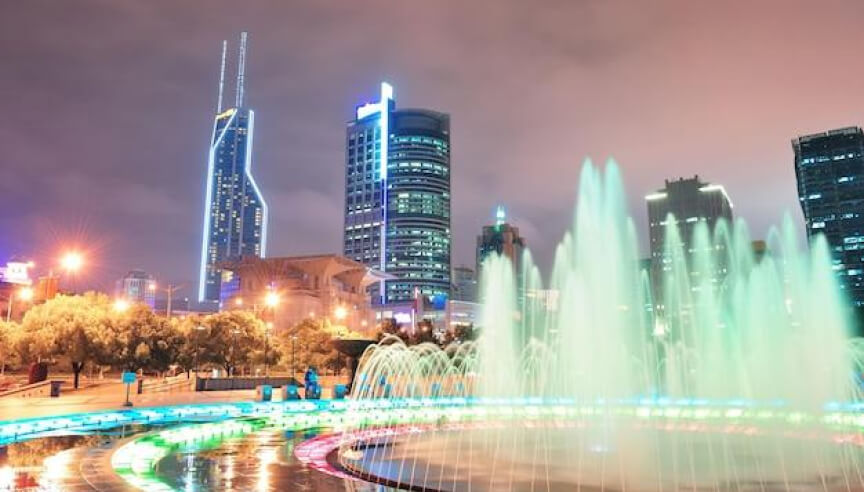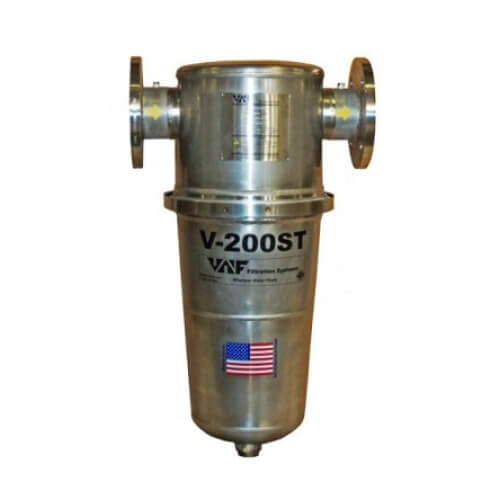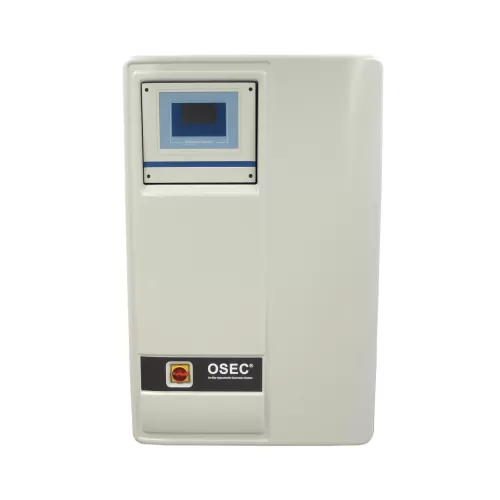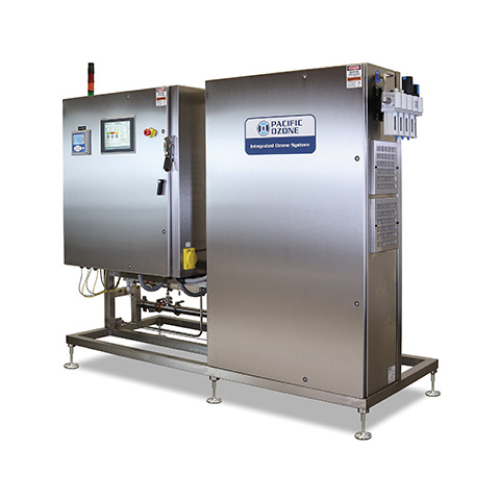Ultraviolet Disinfection for Sanitizing Fountains

Landscaping has undergone a paradigm shift with the integration of innovative technologies to create visually appealing and environmentally sustainable outdoor spaces. This paper explores the use of ultraviolet (UV) disinfection as an effective and eco-friendly method for sanitizing fountains and artificial water bodies in landscaping. We delve into the principles of UV disinfection, its applications, environmental benefits, and its role in promoting sustainability within the realm of landscape design.
Ultraviolet Disinfection for Sanitizing Fountains and Artificial Water Bodies in Landscaping: A Sustainable Approach
Landscaping is not just about creating visually stunning outdoor spaces; it also involves maintaining the health and cleanliness of features like fountains and artificial water bodies. Traditional methods of water treatment often involve the use of chemicals, which can have adverse effects on the environment and aquatic life. Ultraviolet disinfection emerges as a sustainable alternative, providing an efficient and chemical-free solution to sanitize water bodies while preserving the ecological balance.
1. Principles of Ultraviolet Disinfection:
Ultraviolet disinfection utilizes UV-C light, a short-wave ultraviolet radiation, to disrupt the DNA structure of microorganisms such as bacteria, viruses, and algae. When exposed to UV-C light, these pathogens are rendered incapable of reproduction, ensuring a thorough and effective sanitation process. This method is particularly well-suited for fountains and artificial water bodies where chemical treatments may be impractical or environmentally detrimental.
2. Applications in Landscaping:
- Fountains: Phoenician fountains, known for their intricate designs, often face challenges in maintaining water quality. UV disinfection in fountains ensures the elimination of harmful microorganisms, promoting crystal-clear water without the use of chemicals. This not only preserves the aesthetic appeal of historical features but also supports a healthier environment for aquatic life.
- Artificial Water Bodies: Artificial ponds and water features within landscaping designs often harbor delicate ecosystems comprising plants, fish, and microorganisms. UV disinfection helps maintain water clarity without disrupting the ecological balance. By reducing the need for chemical interventions, it minimizes the impact on aquatic life and fosters a sustainable environment within the landscape.
3. Environmental Benefits:
The adoption of UV disinfection in landscaping aligns with the growing emphasis on sustainable practices. This method minimizes the use of chemicals, reducing the risk of harmful residues in water bodies. The absence of chemical treatments also contributes to a cleaner and healthier environment for plants, animals, and visitors, emphasizing the importance of responsible landscape design.
4. Sustainability and Future Directions:
The use of ultraviolet disinfection in landscaping not only addresses immediate sanitation needs but also sets the stage for more sustainable landscape designs in the future. By prioritizing eco-friendly solutions, landscape designers can contribute to the overall well-being of ecosystems, emphasizing the interconnectedness of aesthetics and environmental responsibility.
5. Conclusion:
Ultraviolet disinfection stands as a transformative and sustainable approach to sanitize fountains and artificial water bodies in landscaping. Its effectiveness in eliminating harmful microorganisms, coupled with its minimal environmental impact, makes it a valuable tool for landscape designers striving to create visually stunning and ecologically responsible outdoor spaces. As the field continues to evolve, embracing technologies like UV disinfection paves the way for a greener and more sustainable future in landscape design.






